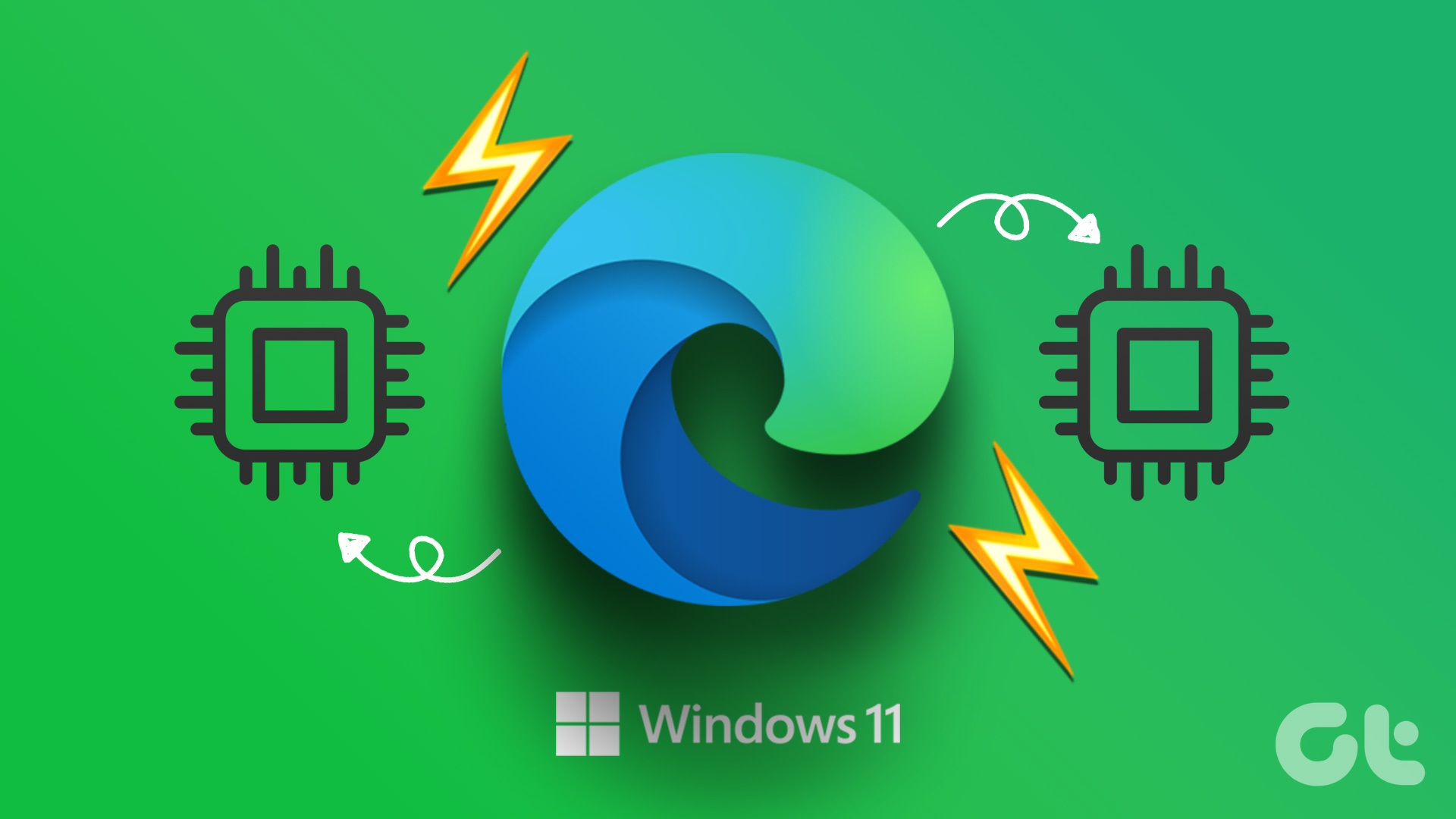Whenever you update Windows 10 to the latest version, Microsoft automatically opens the Microsoft Edge browser to display a welcome screen. It indicates the successful installation of the software and showcases the latest additions to the system OS and new features for the Microsoft Edge browser. While it is useful as a successful update indicator, some may find it irritating.

You might have noticed Microsoft Edge loading up some processes as well as ‘New Tab’ or ‘Start Page’ in the background to launch the application quickly. If you have already moved to Google Chrome or Firefox, then these processes are irrelevant for you, and they are only wasting the system resources in the background.
Starting with Windows 10 version 1809, Microsoft allows you to stop the default Edge browser from opening automatically in the background at startup using the Local Group Policy Editor — it’s only applicable for the Windows 10 Pro users.
In this post, we will guide you through four different ways to disable Microsoft Edge loading automatically at startup on Windows PC and Mac. Let’s get started.
1. Use Local Group Policy Editor on Windows
Before we start, let me clarify once more — the Group Policy Editor is only available for the Windows 10 Pro users. Windows 10 Home users won’t be able to access Group Policy Editor from the system settings.
Follow the steps below to disable Edge resources at startup.
Step 1: Press the Windows key and open the start menu.
Step 2: Search for gpedit.msc and hit Enter to open the Group Policy Editor menu.

Step 3: From the left pane, navigate to Computer Configuration > Administrative Templates > Windows Components > Microsoft Edge.
Step 4: On the right pane, you will see a bunch of Microsoft Edge Settings and options. Among them, search for one that says — Allow Microsoft Edge to start and load the Start and New Tab page at Windows startup and each time Microsoft Edge is closed. Keep in mind that this option is only applicable for those running Windows 10 version 1803 or later on their PC.

Step 5: From the following menu, click on the Disabled option, hit Apply, and click Ok.

Step 6: From the right pane, select the ‘Allow Microsoft Edge to pre-launch at Windows startup, when system is idle, and each time Microsoft Edge is closed’ option.

Step 7: Select Disabled from the following menu, tap Apply and click Ok.

Step 8: Restart the computer.
After that, Microsoft Edge won’t start automatically the next time you update Windows. But as mentioned earlier, this trick is only applicable for the Windows 10 Pro users. So, what about Windows 10 Home users? We have a solution for them too.
2. Disable Show Me the Windows Welcome Experience
This is the solution I would recommend to most users. It’s quick and easy to implement. You can disable the Windows welcome experience from the Settings menu. Check the steps below.
Step 1: Go to the Notification center and navigate to Windows Settings. Alternatively, you can use the Windows + I keyboard shortcut to open the Settings menu.
Step 2: From the Settings menu, head to System > Notifications & actions.

Step 3: From the menu, you will find Notifications & actions option. Under the Focus assist settings. Disable the checkbox for ‘Show me the Windows welcome experience after updates and occasionally when I sign in to highlight what’s new and suggested’ option.

It will disable the behavior of Microsoft Edge opening automatically whenever you boot your Windows PC.
3. Disable Microsoft Edge From Startup
When you sign in to your Windows account after the OS boots, the system loads some services in the background. You can disable them by going into the Windows Startup menu. Follow the steps below to remove unnecessary Microsoft Edge services from the startup.
Step 1: Press the Windows key and search for the Run menu. Alternatively, you can use the Windows + R keyboard shortcuts and access the Run menu.
Step 2: Type shell:startup and it will open the window which shows the services that run during the Windows startup.

Step 3: If you see Microsoft Edge listed there, then right-click on it and select delete from the contextual menu.

If the services like Spotify, OneNote, Rainmeter, or others, tend to run at the Windows startup, then you can use the same trick to disable them.
4. Disable Use My Sign-In Info From the Settings
If the tricks mentioned above are not working for you, then consider using this option from the Windows Settings menu.

Open Windows Settings using Windows + I keyboard shortcut and navigate to Account > Sign-in Options. Scroll down to the Privacy option and turn off the ‘Use my sign-in info to automatically finish setting up my device after an update or restart’ option.

Fix Microsoft Edge Automatically Opening on Mac
If you use macOS and opted to use Microsoft Edge, then it’s easy to stop the browser from opening upon login. Right-click on the Edge browser from the Dock and disable ‘Open at Login’ option.
Alternatively, you can hit Command + Space shortcut to launch Spotlight, type System Preferences, and open User & Groups. Select the Admin account, and on the right pane, click on the Login Items tab. Then click on the items you wish to remove from launching automatically when you boot your Mac and log in. If that includes Microsoft Edge, select it, and remove the browser by hitting the minus button.

Fix Microsoft Edge Issues
Microsoft Edge opening during login consumes unnecessary resources as well as power from the Windows system. Use the tricks mentioned above to completely turn off Microsoft Edge from starting automatically after Windows upgrades or on Mac.
Next up: Microsoft has moved to the Chromium-based Edge browser. Read the post below to find top tips and tricks to start using Edge like a pro.
Last updated on 07 February, 2022
The above article may contain affiliate links which help support Guiding Tech. However, it does not affect our editorial integrity. The content remains unbiased and authentic.











